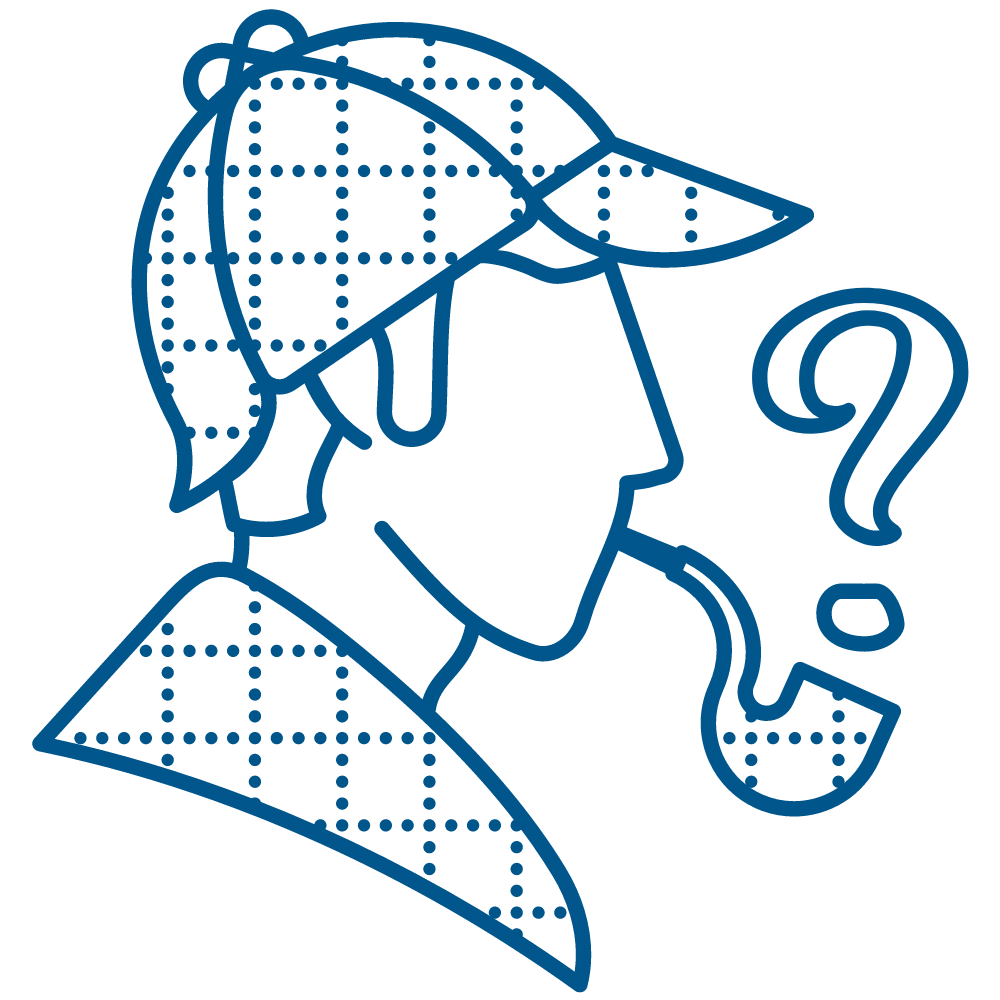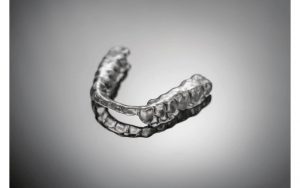A 45-year-old gentleman from out of town came in referred by a colleague, looking for yet another solution to the pain he was suffering from for 6 months. As the pain was in the face but close to his ear, he took it to be an ENT problem. The patient did the rounds of visiting a couple more ENT doctors for a second and third opinion and finally landed at the Neurologist’s office at a big city hospital. An MRI of the head and neck was carried out under sedation on this claustrophobic patient. The MRI was unremarkable, leaving the physicians perplexed!
The pain showed no signs of abating with multiple concoctions of medication ranging from anti-depressants to drugs given for neuralgia and epilepsy. The pain seemed a mystery to the medical fraternity until someone suggested to the patient to try giving the dentist a visit. One look into the patient’s mouth revealed a peculiar bite. The patient’s mouth opening was also getting more restricted over the past few months. His muscles that help chew, on the side of the face that was hurting were stiff and his movements seemed restricted. This clearly was a case of muscle spasm and a thorough clinical examination of the TMJ (Temporomandibular Joint) was done.
The patient had an abnormal tongue thrusting habit (A condition in which when the patient swallows he protrudes the tongue so that they touch the back of the front teeth, instead of the roof of the mouth). This had developed an “open bite” in the front teeth that did not touch one another. He could therefore bite only on his back teeth and lacked “Anterior/Canine Guidance” which is part of an ideal bite. Due to a night time teeth grinding habit, his jaw muscles had been overworked and had gone into a spasm as his bite was not a favourable one. Due to the muscle spasm, he developed pain on one side of the face.
“Occlusal Splint therapy” was advised to relieve this patient of his pain. An occlusal splint is a bite guard which when made correctly relieves the pressure off of the muscles in the jaw. It can be compared to a belt worn for back pain that helps maintain correct posture. Prolonged medication is also unnecessary in treating such cases. This case demonstrates the dentist’s undeniably valuable role in treating pain in the face/jaws, TMJ region and the importance of treating the cause rather than just the symptoms.


















